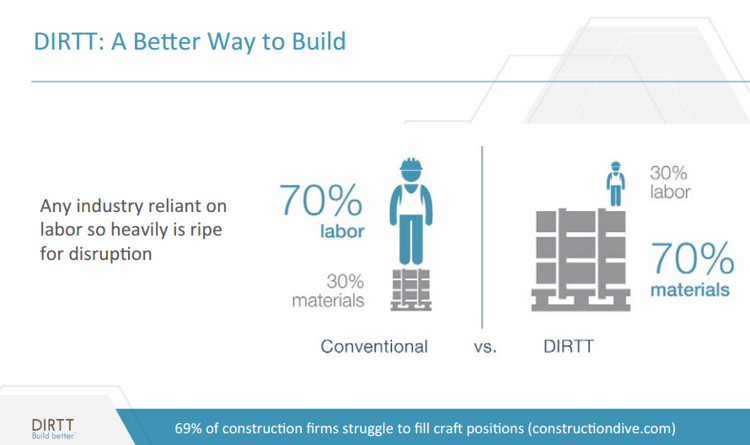In today's construction market, the labor shortage appears to be getting more dismal while demand is growing. Some American contractors cite their biggest problem is finding people to do the work. In fact, the Associated General Contractors of America estimate there are 17% fewer people working in construction. In a country that's known for building amazing structures, this is a relatively new challenge and the industry is looking for a solution. After all, the U.S. built revolutionary structures like the Empire State Building (the tallest building in the world from 1931 to 1970) and the Hoover Dam, which controlled the Colorado River for the first time in history. So how did we get here?
Almost a decade ago, the construction industry was hit hard by what we now call The Great Recession. Banks closed, unemployed rates exploded, home prices fell, and funding was pulled from countless construction projects. The U.S. Census Bureau reported that construction spending was at $1.2 trillion in pre-recession (March 2006) with residential at $672.9 billion and private nonresidential at $267.9 billion. By 2007, residential alone was down over $100 billion to $568.9 whereas nonresidential rose only slightly. Although the recession "ended" in 2009, construction companies still struggled to survive and total spending hit an 11-year low of $761 billion in February 2011. It was also during this time that we saw construction unemployment rise to 20%, twice that of the national average and the highest of any industry in the U.S.
Today, it's been eight years since the housing bust drove an estimated 30% of construction workers into new fields, according to the National Association of Homebuilders. They say builders are struggling to find workers at all levels of experience and that there are currently approximately 200,000 unfilled construction jobs in the U.S. - an increase of 81% in the last two years.
Overall, the construction labor shortage is raising contractors' costs, workers' wages, and ultimately slowing down construction. This means contractors are getting creative about building better and differently than they have in the past.
One such method is by flipping the equation. Most construction project budgets equate to 70% labor and 30% materials. Some are finding success by using prefabricated construction solutions that only require 30% labor and leaves the other 70% of cost for materials. It's essentially changing the way we build things.

This is the model used by DIRTT, a prefabricated interior construction company that's disrupting the construction industry by offering ways to build better. Their technology-driven approach is antiquating conventional construction. According to DIRTT, conventional construction employs a complicated, linear, and ineffectual method. They believe there's a better way.
"Knowledge is knowing how to build it cheaper. Wisdom is knowing how to build it better. That's what we do," says Mogens Smed, CEO of DIRTT.
Because DIRTT developed and uses ICE® technology, it reduces the amount of labor drastically. With ICE®, you can visualize, design, collaborate, customize, configure, price, and manufacture all from the technology platform. It provides cost certainty, shortens timeframes, and eliminates human error. This ultimately results in savings and less need for labor.
It appears the labor shortage is here to stay (at least for the foreseeable future). It's good to know there are options that can dramatically reduce the amount of labor you require to complete a job on time and on budget.





Comments